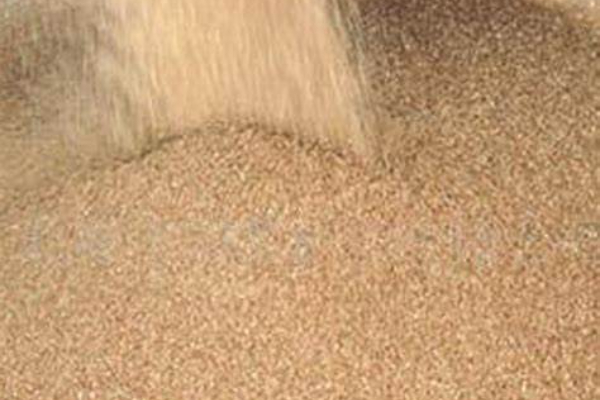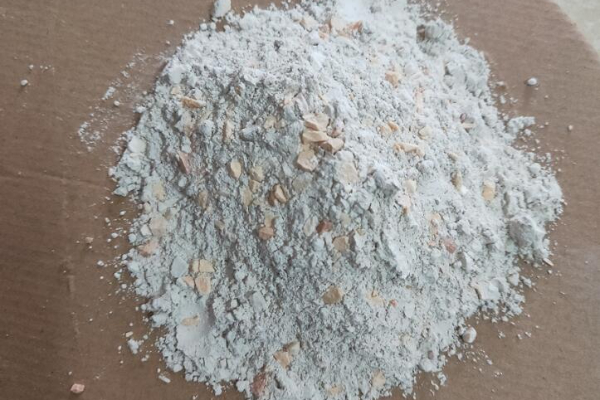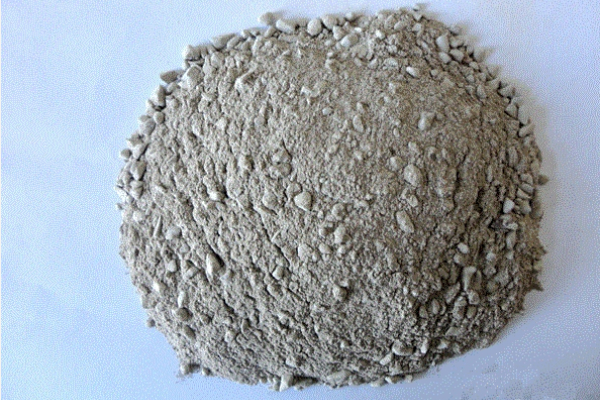In the glass industry, it is crucial to choose the right ramming material, and zirconium ramming mass is often chosen because of its excellent properties. How to select zirconium ramming materials for the glassy phase is described below.
Ramming materials are composed of gas phase, crystal phase, and glass phase. Although the existence of the glass phase is beneficial to sintering, compared with the crystal phase, its resistance to the erosion of glass liquid is poor, which is the weak link in the erosion resistance of ramming materials and other refractory materials. The properties and content have an important impact on the performance of ramming materials.

Effect of glass liquid on ramming materials
The type and composition of the corrosive agent also play a large role in the corrosion resistance of the ramming material. In glass furnaces, the corrosive agent mainly refers to high-temperature glass liquid and dense metal or metal oxide deposited on the bottom of the tank. Different glass liquids have different effects on ramming materials, and the characteristic rates and forms of erosion are very different between soda-lime-silica glass, borosilicate glass, lead glass, and other types of glass.
Zirconium ramming mass for glass kiln
In the construction of glass melting furnaces, there are two commonly used zirconium ramming materials, namely zirconium ramming materials and electrofused AZS ramming materials. Although both zirconium ramming materials have good resistance to glass It has excellent liquid erosion properties and has very low pollution to the glass liquid. However, it still needs to be reasonably selected according to the properties of the glass produced.
The main differences between electrofused AZS ramming materials and zircon ramming materials

The main difference between electrofused AZS ramming material and zircon ramming material lies in the Al2O3 content and porosity. Since there are masonry gaps in the paving bricks located on the upper layer of the zirconium ramming material, the glass liquid will penetrate into the ramming layer through the brick gaps. The corrosion resistance of the ramming material will vary depending on the chemical composition, movement speed, and temperature of the glass liquid. different. The soda-lime-silica glass melt is highly corrosive because the melt contains ionized alkali. When they come into contact with the ramming material, the ionized alkali is the driving force of the corrosion mechanism. The viscosity of the melt also has a great influence on the erosion rate, regardless of the scope of the glass system, and the erosion increases sharply as the viscosity decreases.
Zircon ramming material in contact with alkaline glass liquid
Zircon ramming material is in contact with alkaline glass liquid. Since there is no aluminum in the zircon ramming material, zircon is easily decomposed. The decomposed SiO2 will reduce the viscosity, thereby accelerating erosion and causing the ramming layer. damage.

The electrofused AZS ramming material is in contact with the alkaline glass liquid
The electrofused AZS ramming material is in contact with the alkaline glass liquid, and an aluminum (Al2O3) layer is formed at the contact interface. The degree of ZrO2 in the ramming material melting into the glass liquid is very low, the viscosity increases, and the interface layer has passivation properties. The ramming material has enhanced resistance to mechanical wear and chemical erosion.
 Rongsheng Group
Rongsheng Group

WeChat
Scan the QR Code with wechat